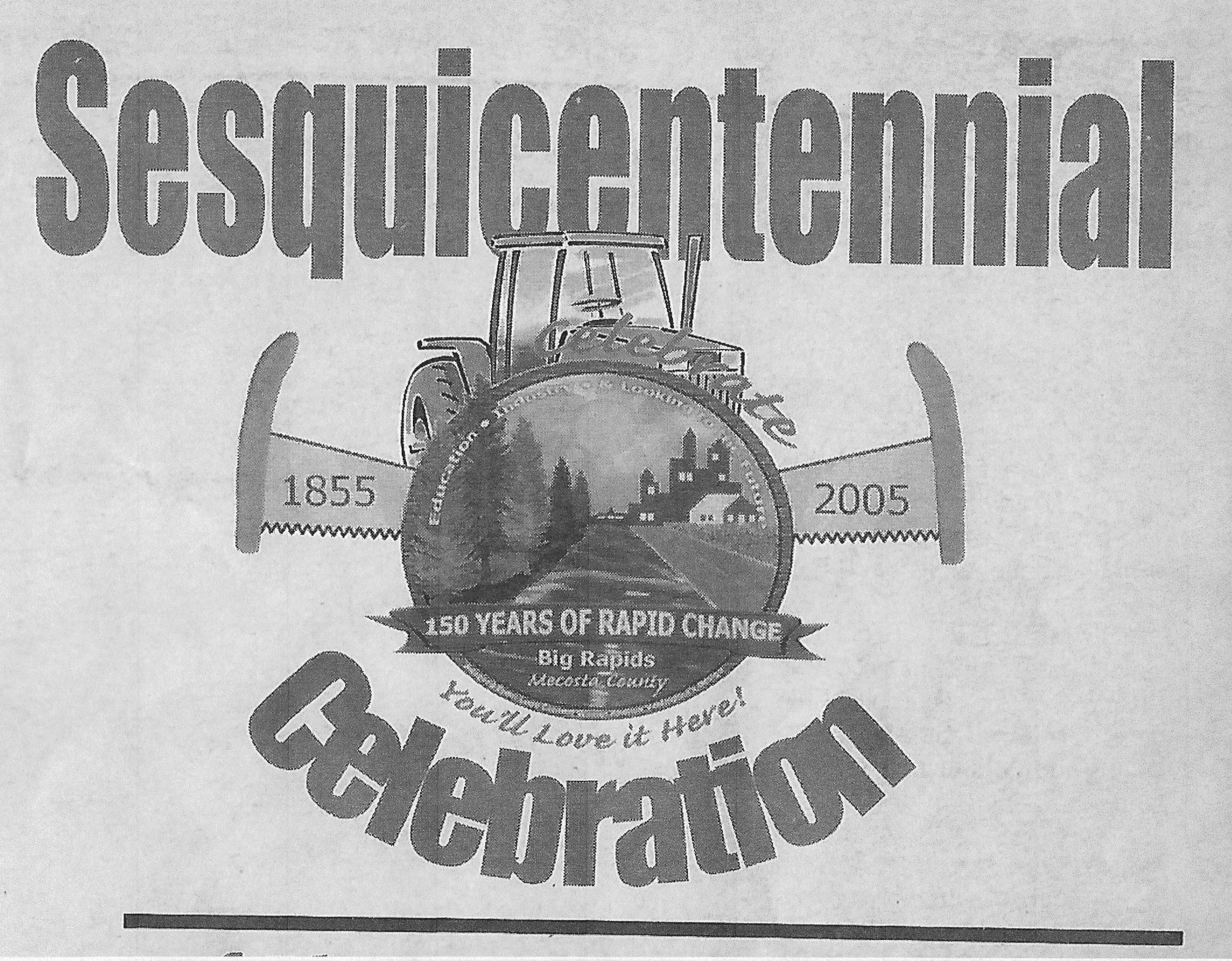
Part V - Government, a supplement to the Big Rapids Pioneer Newspaper. Used with permission.
EARLY ADDITIONS TO BIG RAPIDS
By Ella J. Ramsdell
The original village of Big Rapids was platted by Messrs Warren (George B.) & Ives (Chauncy P.) of Troy, N.Y. and duly recorded Nov. 3, 1859. It comprised about a hundred acres of land situated upon the western bank of the Muskegon River.
On the 9th of May, 1860, Zera French platted an addition on the north comprising about 40 wcres, which was first called (Glen Elm and soon afterwards changed to French's addition to the Village of Big Rapids.
On the 20th of November, 1865, Sanborn and Rust platted 40 acres in the west which was named Sanborn & Rust addition.
On the 25th of September in 1866, Clark and Fuller platted 36 acres immediately south of Sanborn & Rust Addition, which was named Rose's Addition.
On the 14th of the same month, Ceylon C. Fuller platted 25 acres immediately south of Clark and Fuller's Addition which was named Fuller's Addition.
On the 22nd of October of the same year, George W. Warren platted 40 acres lying west of Rose's Addition, which was named Warren's Addition, and on the 5th of November same year, B.F. Hutchinson platted 30 acres lying west of Sanborn and Rust's Addition which was named Hutchinson's Addition.
And thus was laid the foundation iof the city of Big Rapids . The readers will note where many of our streets get their names.
The Pioneer of Dec. 8, 1866 said: "Our Village has been the scene of busy activity the past summer, in the erection of buildings, etc. Sixty-one buildings have already been erected and nearly all completed since the opening of spring. The different kinds of business and professions niw here are as follows: one hardware and grocery, one tin shop, one drug store, one meat market, three saw mills, one grist mill, one furniture shop two blacksmith shops, two wagon shops, one jewelry, two boot and shoe shops. two hotels, one livery stable, one bakery, one gun shop,three lawyers, three physicians, besides some 20 or more carpenters and joiners and two masons.
In May of 1867, fifty more buildings had been erected. During 1867, the population had increased from 800 to 1,500 and thus the village grew.
Return to Mecosta sesquicentennial Page
Return to Home Page

